Purple fruits are characterized by their vibrant purple hues, which result from the presence of natural pigments called anthocyanins. These pigments not only contribute to the fruit’s aesthetic appeal but also contain potent antioxidants that help combat oxidative stress.
Not only does it have an eye-catching color compared to many other kinds of fruits, but purple fruits are also often praised for their nutritional value and many health benefits. Integrating purple fruits into a balanced diet supports overall health and wellness, appealing to many.
22 Purple Fruits To Explore
Discover the vibrant world of purple fruits with 22 varieties; each providing a splash of color to your plate but also packs a punch with its unique flavors and health benefits.
Blueberry
- Berry
Blueberry is a small, round fruit with a deep blue to purple-black hue, covered by a faint silvery coating. They offer a sweet and mildly tart flavor along with a soft and juicy texture covering tiny seeds.
These berries are a staple in muffins, pancakes, smoothies, jams, and salads. Blueberries also contain high antioxidant content that is good for the heart.
Blackberry
- Berry
Blackberry is a dark, purple-black fruit with a sweet-tart flavor and juicy texture. These berries are soft with a slightly grainy surface due to the small drupelets that make up their structure.
Blackberries are typically larger than raspberries, with a robust and slightly earthy taste. They are commonly used in desserts like pies and cobblers, jams, and also as a fresh topping for yogurt and cereal.
Concord Grape
- Multiple Fruit
Concord grape is known for its deep blue or purple color, along with a sweet and tart profile. These grapes are characterized by their large size and thick, chewy skin that easily separates from their juicy interior.
The grapes are most renowned for their use in making grape juice, jelly, and wine, especially Kosher wine. Their bold flavor also makes them a popular snack when eaten fresh.
Plum
- Drupe/stone Fruit
Plum is a juicy fruit with a smooth skin of colors ranging from deep purple to red and yellow. The flesh, which can be firm or soft depending on ripeness, varies from sweet to tart for a complex flavor profile.
Plums are commonly enjoyed fresh, with the central stone seed discarded. They are also widely used in culinary applications, including baking. Additionally, plums can be dried to make prunes for a chewy experience.
Fig
- Multiple Fruit
Fig is a soft, pear-shaped fruit with a thin skin that varies in color from green to purple. Its interior is filled with sweet, jam-like flesh and tiny crunchy seeds.
Often described as a mix of honey, jam, and nut notes, figs offer a combination of chewy skin, smooth flesh, and crunchy seeds. This fruit is enjoyed both fresh and dried, ideally used for desserts, salads, and jams, or paired with cheeses and cured meats in savory dishes.
Passion Fruit
- Berry
Passion fruit is a tropical round or oval fruit with a dark purple peel or yellow exterior when ripe. The interior is filled with a juicy, seed-filled pulp featuring a bright orange color and a viscous texture.
Commonly, passion fruits are aromatic and tangy, with a sweet-tart profile. Widely used in culinary applications, its pulp can be scooped out and eaten directly or used to enhance the flavor of juices, smoothies, cocktails, desserts, and sauces.
Acai Berry
- Berry
Acai berry is a small, round, and dark purple fruit harvested from the acai palm tree. Native to the rainforests of South America, the berries are similar to that of a grape, though slightly smaller and with less pulp.
The berry’s flavor is often described as a blend of wild berries and chocolate, offering a subtly sweet with a hint of earthiness. Also, the texture of the acai is notably gritty when the dried skin is included in products.
Acai is most famously used in acai bowls, smoothies, and juices, capitalizing on its high antioxidant content. It is also available in powdered forms for dietary supplements and is popular in health food.
Elderberry
- Berry
Elderberry is a small, dark purple berry that thrives in clusters on the elder tree. They have a tart and tangy flavor when raw, which becomes sweet and pleasantly complex when cooked.
Elderberries are often too bitter to eat raw but transform into tasty syrups, jams, and wines with cooking. These berries are also noted for their smooth yet slightly grainy texture, and they are often used for treating colds and flu.
Purple Tomato
- Fruit Vegetables
Purple tomato is a plump fruit with deep purple to almost black skin, a result of high anthocyanin content. These tomatoes tend to have a richer, slightly sweeter flavor than traditional red tomatoes, with a firm, meaty texture that holds up well in cooking.
They are excellent for adding color and flavor to salads, sandwiches, and sauces. Purple tomatoes are also popular in gourmet dishes, where their striking appearance and robust flavor can stand out.
Eggplant
- Fruit Vegetables
Eggplant is a fruit vegetable known for its glossy, deep purple skin and bulbous shape, though it can also come in shades of white and green. The flesh is spongy and creamy white, containing small, soft seeds.
When raw, eggplant has a somewhat bitter flavor, but it becomes tender and develops a rich, complex taste when cooked. Eggplant is a staple in various cuisines for its ability to absorb flavors from spices, oils, and sauces, making it excellent for grilling, frying, baking, and roasting.
Mangosteen
- Thailand
- Multiple Fruit
Mangosteen is a tropical fruit, often called the “queen of fruits,” with a round, dark purple exterior and a thick, leathery rind. Inside, the fruit houses white, juicy segments that are soft and fibrous in texture.
Usually, mangosteens are sweet and tangy, with a creamy texture, often compared to a mix of peach, strawberry, and lychee. This fruit is commonly eaten fresh; the segments can be enjoyed as a snack.
Prickly Pear
- Multiple Fruit
Prickly pears are the fruit of the Opuntia cactus, recognizable by their oval shape and vibrant pink to red skin, though some varieties are yellow or purple. The skin is thick and covered with small, barbed spines, while the inside is a soft, juicy, seed-filled flesh.
The flavor is sweet and subtle, similar to watermelon, with a hint of tartness. Prickly pears are often used to make juices, jellies, and candies.
They can also be sliced and used in salads or cooked into compotes that complement meats.
Purple Star Apple
- Multiple Fruit
Purple star apple is a round fruit with glossy, deep purple skin when ripe and a star-like pattern inside. The tropical fruit contains translucent, milky white flesh that is soft and jelly-like in texture, enveloping a few black seeds.
The flavor of purple star apple is sweet and mildly floral, with a creamy richness like a combination of lychee and persimmon. This fruit is typically eaten fresh, chilled, and sliced, allowing the unique star pattern to be displayed.
Gooseberry
- Berry
Gooseberry is a small, round fruit with colors varying from green to red or purple, often covered with a veiny pattern or fine hair. They are known for their tart and tangy flavor, which can vary in sweetness depending on their ripeness and variety.
The texture of gooseberries is firm and slightly crunchy, with a juicy interior filled with small seeds. These juicy berries are great in desserts like pies and crumbles, as well as in jams, preserves, and sauces that accompany meats.
Black Currant
- Berry
Black currant is a small, glossy, dark purple berry known for its strong, tart flavor, accompanied by both sweet and slightly earthy profiles. They are firmer than many other berries, with a skin that bursts open to release a juicy, seed-containing interior.
Black currants are highly aromatic when used in jellies, syrups, and alcoholic beverages like liqueurs and cassis. They are also used to add depth to savory sauces and dishes.
Mulberry
- Multiple Fruit
Mulberries are elongated, juicy berries of red to dark purple and even white. They are sweet with a mild, subtly tart flavor like grapefruit.
Mulberries are soft and slightly grainy, coming from tiny seeds. These berries are often eaten fresh but also make excellent additions to desserts, jams, and baked goods.
Saskatoon Berry
- Aggregate Fruit
Saskatoon berry is a small, round fruit with a dark purple to almost black hue, native to North America. They resemble blueberries in appearance but have a unique, sweet, nutty flavor with a hint of almond.
With a texture similar to that of apples, the berries are firm yet slightly grainy. Saskatoon berries are ideally used for fresh consumption or used in pies, jams, jellies, and wines.
They are also popular in savory dishes, pairing well with meats or added to salads for a burst of flavor.
Huckleberry
- Berry
Huckleberry is a small, round berry similar in appearance to blueberries but generally darker, ranging from blue to black. They have a sweet and slightly tart flavor, with a more intense and wild taste than blueberries.
Commonly, these berries come in a juicy and slightly firm form, containing small seeds. Huckleberries are often used for pies, jams, and syrups and are a traditional ingredient in Native American cooking.
They are also popular in desserts and can be used to flavor beverages or as a fresh topping for yogurt and cereals.
Maqui Berry
- Berry
Maqui berry is a small, deep purple fruit native to the rainforests of Chile and Argentina. They have a sweet and slightly tart flavor, similar to blackberries, with a hint of earthiness.
The berries are round and smooth, containing a soft, juicy texture that is rich in color. These berries are typically available in powdered form, making them easy to incorporate into smoothies, yogurts, and health drinks.
Maqui berries are also used in gourmet cooking to add a vibrant color and nutritional boost to desserts and sauces.
Bilberry
- Berry
Bilberry is a small, dark blue fruit closely related to blueberries but with a deeper color and more intense flavor. They are tart and slightly sweet, with a soft, juicy texture that is grainy due to their tiny seeds.
Bilberries are often found in the wild, particularly in European forests, and are much smaller and darker than their blueberry cousin. Due to their strong flavor, they are frequently used in jams, pies, and desserts, as well as in medicinal products for their high antioxidant levels.
Jamun Berry
- Berry
Jamun berry is a small, oblong fruit with deep purple to almost black skin and pink or white flesh. They have a unique combination of sweet and sour flavors with a slightly astringent aftertaste that is highly refreshing.
Each berry contains a large seed covered with grainy meat. Often, Jamun is used in many traditional remedies in India.
Beautyberry
- Aggregate Fruit
Beautyberry is a striking plant known for its vibrant, metallic purple berries that cluster around its thin branches. The berries themselves are small and glossy, with a somewhat dry, mealy texture and a mild, subtly sweet flavor.
Although they are not commonly eaten fresh due to their astringent taste. Beautyberries are often used to make jellies, syrups, and wines, where their mild flavor can be enhanced with sugar.
What Are the Benefits of Eating Purple Fruits?
Eating fruits that are purple offers numerous health benefits due to their unique components, offering the following features to consumers:
Rich in antioxidants
According to Healthline and its article explaining about anthocyanin and the foods contain it, purple fruits are high in antioxidants, particularly anthocyanins, which help protect cells from damage and may reduce the risk of chronic diseases. Similar properties are also found in popular blue fruits.
Enhanced brain function
Anthocyanins also support brain health by improving cognitive function and reducing the risk of neurodegenerative diseases.
Anti-inflammatory properties
Based on the research “Anthocyanins in Chronic Diseases: The Power of Purple” of National Library of Medicine, the anti-inflammatory effects of purple fruits can help reduce the risk of inflammation-related diseases such as heart disease and arthritis.
Weight management
According to high-fiber fruits introducing on Verywellfit, some purple fruits are low in calories but high in fiber, such as blueberries and blackberries, aiding in satiety and weight control. Many kinds of yellow fruits also have this attractive property.
Improved immunity
The vitamins and minerals in purple produce help strengthen the immune system, making it better at fighting off infections.
Just so you know, fruits aside, vegetables in the shade of purple also provide similar benefits, giving you more options to customize meals by combining both fruits and veggies.
Which fruit is your favorite when it comes to the signature purple appearance? Don’t be shy to drop a comment sharing your thoughts relating to the topic.
Better yet, you can share these fruits with others who share the same love for the purple hue.


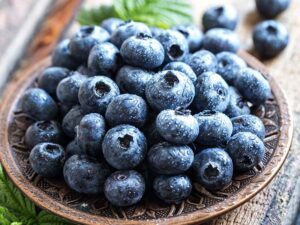
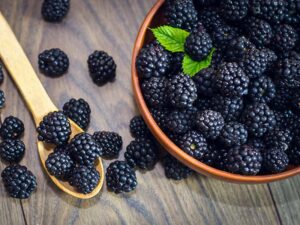
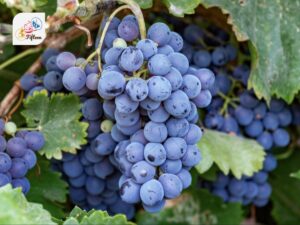
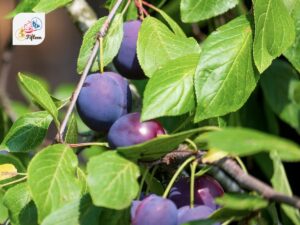
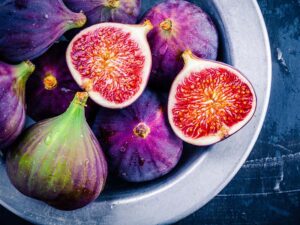
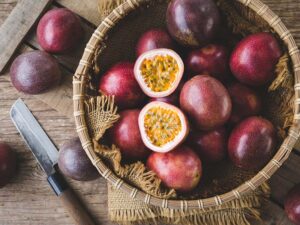
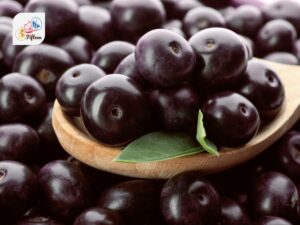
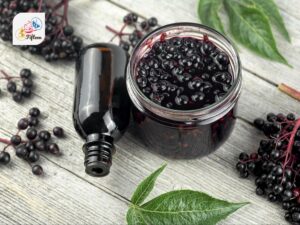
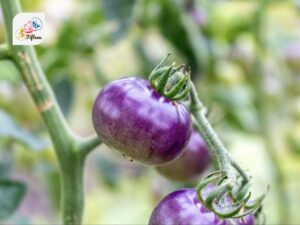
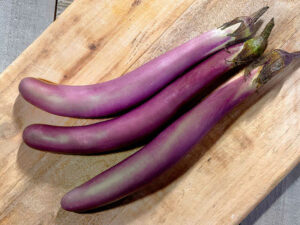
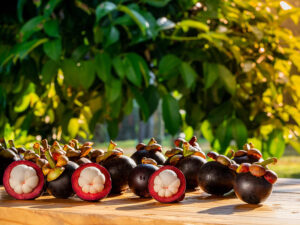
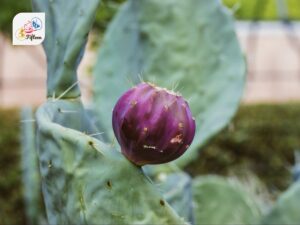
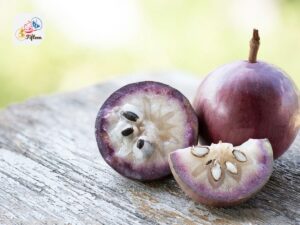
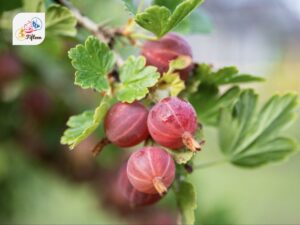
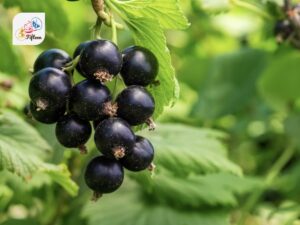
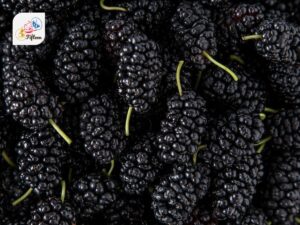
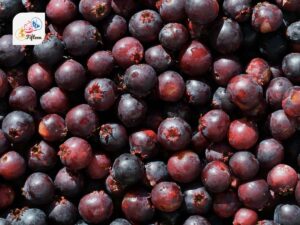
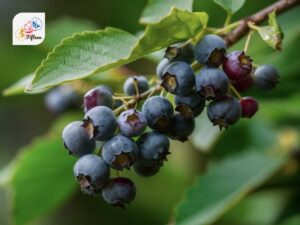
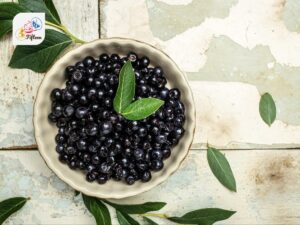
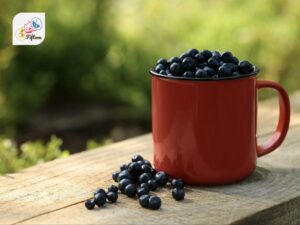
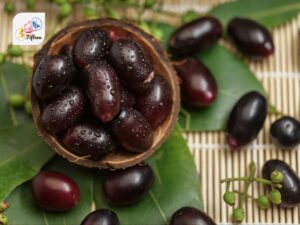
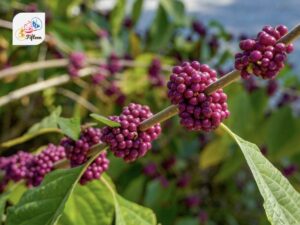
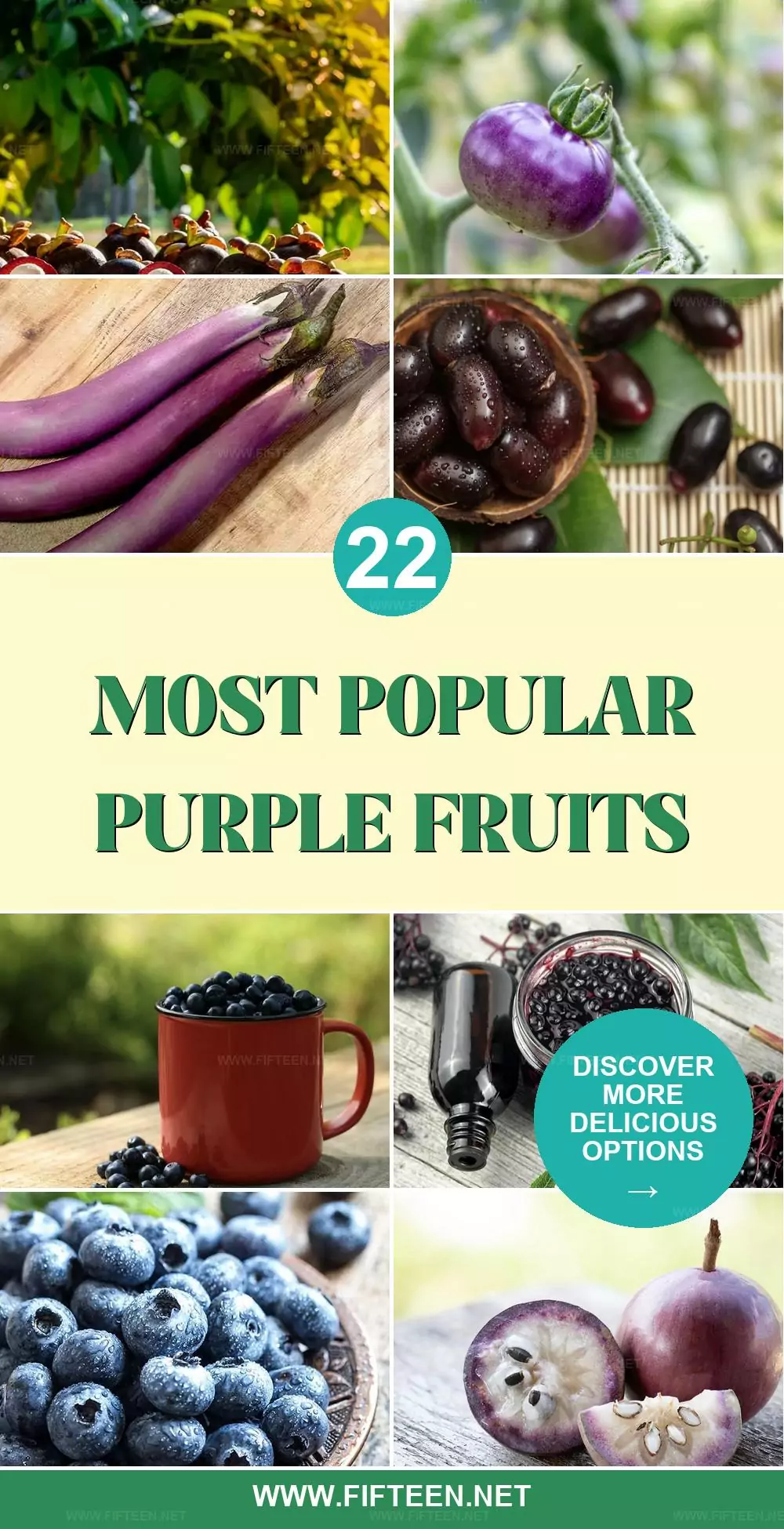
Jamie Scott
Editor in Chief, Senior Content Writer
Expertise
Home Cooking, Meal Planning, Recipe Development, Baking and Pastry, Food Editor, Cooking-video Maker, Western Food Evaluation Expert
Education
Le Cordon Bleu College of Culinary Arts
Local Community College, New York, NY
Jamie Scott is a skilled culinary expert and content creator specializing in Western cuisine. With over 15 years in the culinary field and formal training from Le Cordon Bleu, Paris, Jamie deeply understands how to blend nutrition with delicious flavors. His passion for cooking matches his commitment to making healthy eating accessible and enjoyable.
On Fifteen.net, Jamie brings a fresh perspective to classic dishes and beverages, offering readers insightful recipes, cooking tips, and a fresh view on meal planning that emphasizes taste, health, and simplicity.